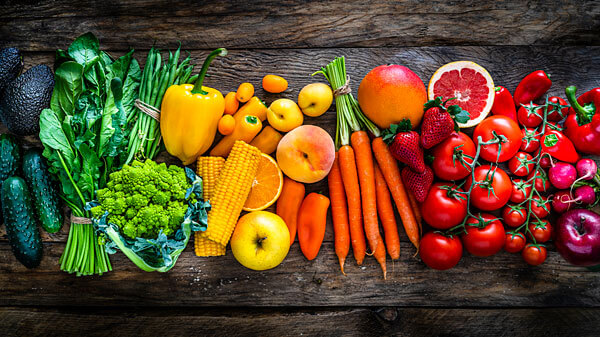
Vitamin C is a water-soluble antioxidant and one of the most frequently used dietary supplements. It serves a vital role in cellular health and structural integrity as well as in immunity.
Functions
Cellular hygiene and protection: Antioxidants are substances that prevent and repair cellular damage by neutralizing free radicals, which are harmful and unstable molecules that affect cellular structure and function. Free radicals are an unavoidable product of cellular metabolism but are also introduced to the body via smoking and radiation, among other routes.
Collagen synthesis: Vitamin C is an important component of collagen, which comprises ligaments, tendons, skin, cartilage, veins, and arteries. Collagen stimulates wound healing.
Iron absorption: Consuming vitamin C in conjunction with iron intake increased the body’s absorption of iron. This is true regarding both heme iron (iron from an animal source) and non-heme iron (iron from a plant source) consumption.
Immune function: Vitamin C supports the integrity of epithelial cell layers. These layers act as barriers against cellular pathogens.
Sources
If you are looking to increase your intake of vitamin C, make sure to eat more fruits and vegetables. Some of the most abundant sources of vitamin C include citrus, red and green bell peppers, tomatoes, and potatoes. Because vitamin C is water-soluble, its content may be decreased in food sources that are stored for long periods of time or when food is cooked.
Supplementation
Studies investigating the bioavailability of vitamin C contend that there is not much of a difference across brands of vitamin C supplements and that simple vitamin supplementation is sufficient. Additionally, the recommended amount of vitamin C for supplementation is 75 mg for women and 90 mg for men.
Deficiencies
Vitamin C deficiency is rare, especially in developed countries. However, a deficiency in vitamin C may lead to the development of scurvy. Symptoms include fatigue, inflammation of gums, and anemia.
Resources:
Carr, A. C., & Maggini, S. (2017, November 3). Vitamin C and immune function. Nutrients. Retrieved November 22, 2022, from https://www.ncbi.nlm.nih.gov/pmc/articles/PMC5707683/
Katherine Zeratsky, R. D. (2022, April 28). How much vitamin C is too much? Mayo Clinic. Retrieved November 22, 2022, from https://www.mayoclinic.org/healthy-lifestyle/nutrition-and-healthy-eating/expert-answers/vitamin-c/faq-20058030#:~:text=The%20recommended%20daily%20amount%20for,is%202%2C000%20mg%20a%20day.
U.S. Department of Health and Human Services. (n.d.). Office of dietary supplements – vitamin C. NIH Office of Dietary Supplements. Retrieved November 22, 2022, from https://ods.od.nih.gov/factsheets/VitaminC-HealthProfessional/
U.S. National Library of Medicine. (n.d.). Antioxidants. MedlinePlus. Retrieved November 22, 2022, from https://medlineplus.gov/antioxidants.html
Understanding antioxidants. Harvard Health. (2019, January 10). Retrieved November 22, 2022, from https://www.health.harvard.edu/staying-healthy/understanding-antioxidants
Vitamin C (ascorbic acid) Mount Sinai Health System. (n.d.). Retrieved November 22, 2022, from https://www.mountsinai.org/health-library/supplement/vitamin-c-ascorbic-acid
